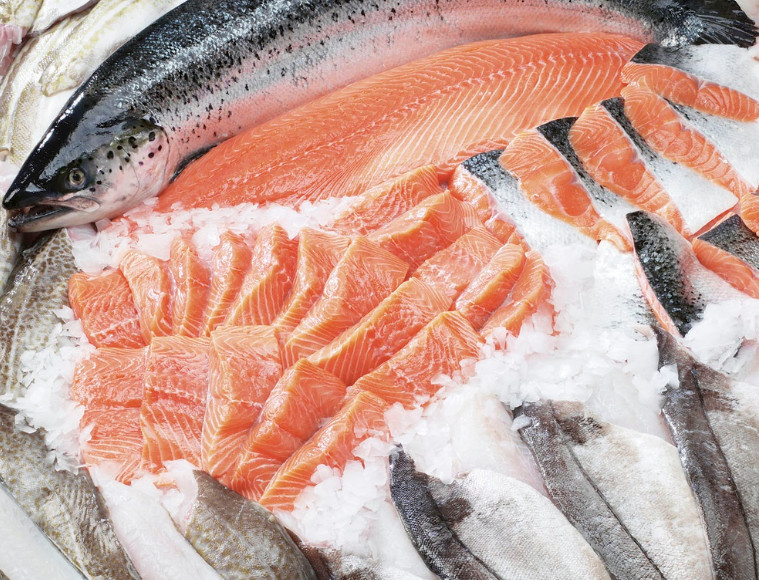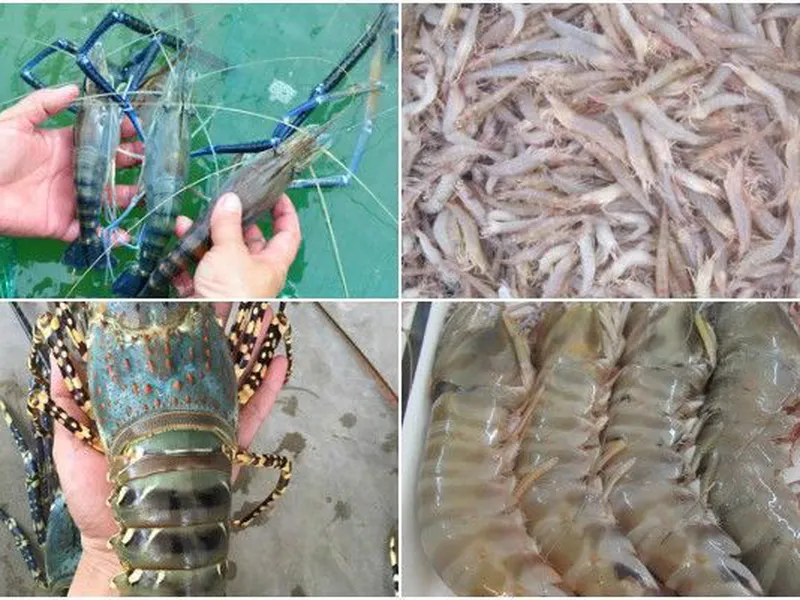How to Preserve & Thaw Frozen Seafood
How to Preserve & Thaw Frozen Seafood
How to Preserve & Thaw Frozen Seafood
The frozen seafood you buy at the supermarket is actually frozen right after being caught, which means you get all the same nutrients. Fresh seafood, even more.
The advantage of frozen seafood is that they also help you always have every choice because you don't have to wait for the season to catch, save more and avoid wasting fresh seafood if you don't use it all at once.
1.How to preserve frozen seafood:
The way to preserve frozen seafood is quite simple, you just need to put the seafood in the freezer of the refrigerator at a constant temperature. You should also be careful to carefully read the packaging of frozen seafood to preserve the best seafood.
- Proper preservation of frozen seafood is to normal temperature of 0-4oC.
- Should process frozen seafood right after being thawed, do not let seafood remain frozen at normal temperature for too long, affecting the quality of food.
- Check carefully the packaging of frozen seafood when buying. The packaging of frozen seafood needs to be vacuum preserved, sealed, not torn ... Frozen seafood with intact packaging will help the preservation process after you buy it to achieve maximum efficiency. pros
- Buy only frozen seafood that has been properly frozen, do not buy products that have started to melt or the seafood inside has softened. This proves that the frozen seafood has not been cold enough, the quality of the product is degraded and cannot be preserved for long after purchase.
2. Proper thawing of frozen seafood:
There are 3 ways to thaw frozen seafood: natural thaw, thaw with water, thaw in the microwave.
- Natural defrosting: leave frozen seafood in the refrigerator overnight. This will help the frozen seafood to remain cold, but it can still be completely thawed. Although this defrosting method takes time, it will give the best results, keeping the delicious taste and quality of the seafood. It is also important to keep in mind that seafood should not be frozen at room temperature for thawing, which will affect the texture of the seafood. If you don't have a lot of time, there are other ways to defrost below.
- Thawing with water: put your seafood in a plastic food bag and seal it, or you can leave frozen seafood in its packaging to thaw it. Place them in the water to allow outside temperature to slowly thaw the seafood. When the water cools, you can change the water continuously until the seafood is completely thawed. Note do not use hot water to thaw, high temperature not only affects the outer bag but also affects the taste and texture of the seafood, the outside can be cooked by hot water but the side. it is still cold.
Microwave defrosting: this is the easiest and fastest way to thaw seafood. Simply put frozen seafood in the oven and choose the appropriate defrost setting. Also keep in mind that this method will only work if you plan to cook seafood right after. During thawing, it is necessary to check and turn over regularly so that seafood is not cooked, causing loss of taste when cooking.
Most people think frozen seafood is not as healthy and fresh as fresh seafood. However, this depends on how you store frozen seafood. Hope this article will help you in choosing to buy and preserve frozen seafood properly.















